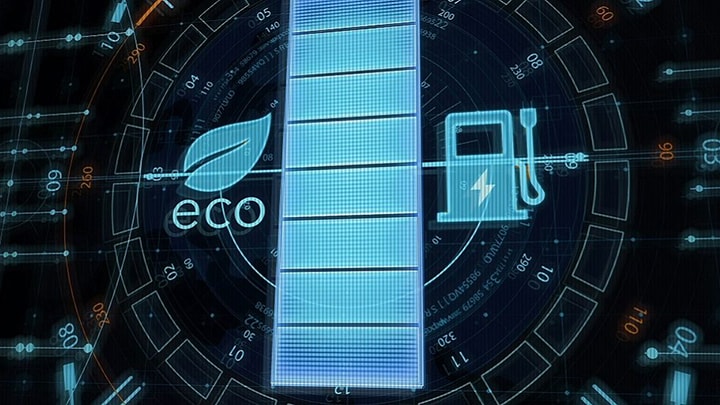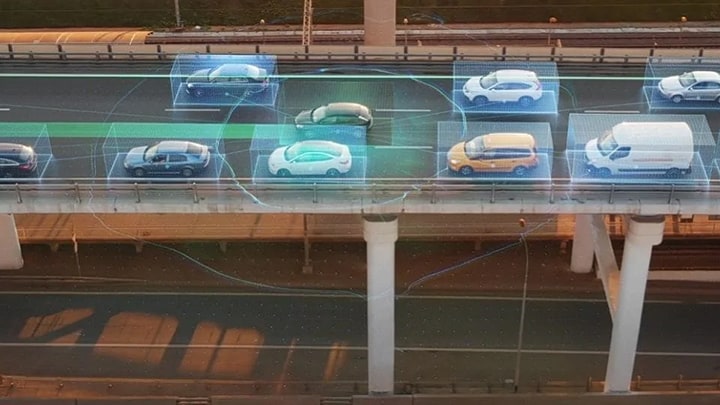I spoke with Siemens experts Werner Pfliegl and Franz Schober who explained the advantages of Vehicle-to-X
technology and what it takes to make it a reality on our roads.
Cars are increasingly able to communicate with their environment. How can we benefit from this Vehicle-to-X
technology?
Werner Pfliegl: V2X technology can increase safety immensely. Here’s a good example: When an
ambulance is near, you usually hear it before you see it. You have no idea whether is it coming at you, or moving
away from you. With V2X, vehicles receive messages on their displays telling drivers exactly where the siren is
coming from.
Franz Schober: V2X also helps to reduce costs and it makes our lives easier. At Siemens,
we’re focusing on communication between cars and infrastructure like traffic lights or road signs. When
information from traffic lights goes directly to our car, for example, we can pass smoothly through green lights
without having to stop. The “V” in V2X can also stand for airplanes, ship or trains. In the future, an
arriving train will be able to send us information about where we need to stand on the platform in order to board
near our booked seat.
 When will V2X be implemented?
When will V2X be implemented?
Schober: The technology is ready to go. Now car manufacturers need to stick to their promises. The
Car 2 Car Communication Consortium, which includes the most important automakers, has pledged to equip every new car
with V2X technology from 2020.
Pfliegl: It is also a question how we can roll out the technology across borders. NXP is leading
when it comes to chip and encryption technology. We at Siemens have years and years of experience with traffic
engineering and regulation. This combination makes for a powerful team. But there is still some way to go.
Investments must be made to upgrade cities and roads to use V2X technology.
Are municipal authorities willing to make those investments?
Pfliegl: Cities are increasingly interested in employing V2X technology. Test beds are being
established, for example the cooperative ITS corridor from Vienna to Rotterdam. First applications will be used in
this corridor. Things like road works warning and data gathering services for road operators. All of this needs
investment. But authorities are beginning to see the many advantages the technology offers them in return.
What are the advantages for municipalities?
Schober: The more information authorities have about the movement and number of cars on the roads
the better they can plan and manage the flow of traffic. You can optimize traffic lights. Today, when you want them
to switch to green when a bus is approaching, you need a lot of high-maintenance hardware built into the road. V2X
technology can replace that, which in turn saves money in the long run. When traffic information is sent to every
car directly, communities can also save money on road signs. Finally, better traffic management helps to reduce CO2
emissions.
Information must be sent quickly between vehicles and infrastructure for these applications. Can existing
communications technology handle it?
Schober: There are different technologies out there that aim to support V2X. Among these are
cellular-based technologies like 3G and LTE. Right now, they indeed lack support for low latency and high mobility
use cases. But there is also the WLAN standard 802.11p which is fast enough. Both can be employed today depending on
the use case.
Pfliegl: Take the example of a confused driver heading the wrong way down a highway. They need a
warning signal immediately that they are facing oncoming traffic. Other vehicles approaching need this information
too, and fast. But vehicles that are still miles away can get the information with a few seconds delay, no danger
here, so this could be transferred via LTE. At Siemens and NXP, we are working on co-existence, which will make
802.11p and LTE more compatible.
Werner Pfliegl is team head of product management, Connected Mobility, at Siemens AG.
Franz Schober is product lifecycle manager at Siemens AG Mobility Intelligent Traffic Systems.


 When will V2X be implemented?
When will V2X be implemented?


